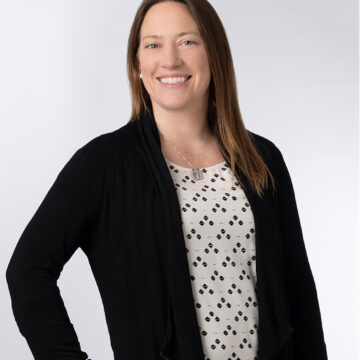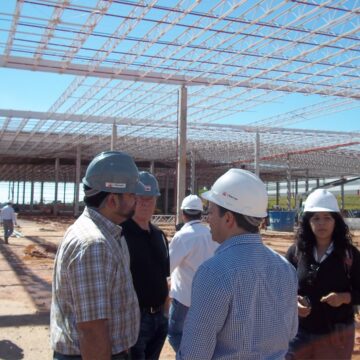Unlocking Sustainable Success: Navigating Certifications as Catalysts Not Barriers
- Blog

The recent discourse on sustainability certifications prompted by this Bisnow article “The Green Building Certification System Is Worth Billions – But It Isn’t Helping To Cut Carbon“ has [as intended] struck a chord within the environmental consulting community, and for good reason. Criticisms like “buying green certifications” and skepticism over the lack of a universal definition for “net-zero” are more than just jargon—they highlight real challenges that we, as sustainability consultants, confront daily. And to suggest that these challenges are the result of past missteps is to misunderstand the constant nature of the evolving landscape we navigate.
This article also presents certain statements as truths, yet they seem contradictory to its overarching critique. The acknowledgment that certifications, when executed correctly, can guide investors and add substantial value to properties is absolutely true. So it’s confounding then that the article seems to cast these certifications in a less favorable light. Any tool, wielded poorly or without responsibility, can be criticized.
And yes, in my experience, the sheer number of certifications available can indeed be overwhelming. As a consultant (and I believe many of my peers will agree), the ultimate goal isn’t self-promotion, but to render my role obsolete—to create a world where sustainable practices are so embedded in daily business operations that they’re no longer an ‘extra.’ Yet, the proliferation of certifications, while frustrating, signals a demand for varied approaches that consider environmental impact, resource circularity, human health, and efficient operations.
Actions without purpose or a clear understanding of the ‘why’ behind them are indeed wasteful. Simplifying the certification landscape is crucial, but so is a fundamental understanding of what these programs measure, and their long-term benefits.

Certifications are tools—roadmaps, if you will. As such, they aren’t a final destination in the journey to decarbonization (or any other goal). They provide a structure, but it’s the commitment to actualizing their principles that counts. The real challenge lies in bridging the gap between the design intentions of certified buildings and their operational performance. This requires a commitment to ongoing monitoring and adaptation of strategies to maintain and elevate sustainability standards.
Our goal is to utilize the tool of certifications to invest more time in the translation of sustainability principles into ongoing, concrete, measurable, performance results. As we embrace a future marked by acute environmental awareness, BranchPattern remains steadfast in advocating for transparency and accountability. We encourage our clients to set and pursue net-zero and carbon-neutral objectives that are underpinned by solid data and realistic strategies. The pursuit of sustainability extends beyond achieving certifications to embodying the principles that underpin these standards.
The greatest opportunity for impactful carbon reduction WAS alluded to in the article, and it lies in reusing and retrofitting existing buildings. Herein lies the enormous potential for transformative large-scale change, where older structures can become beacons of energy efficiency and environmental stewardship. Not just a facelift, but through the overhaul of systems and operations, old buildings can pave a path to the future of decarbonization.
In sum, while the green building certification system is indeed imperfect, it has been instrumental in paving the way toward a sustainable future. Our responsibility as consultants is to leverage this groundwork; fostering, challenging, and improving upon the innovation and practical implementation which leads to genuine and lasting change in the world.




